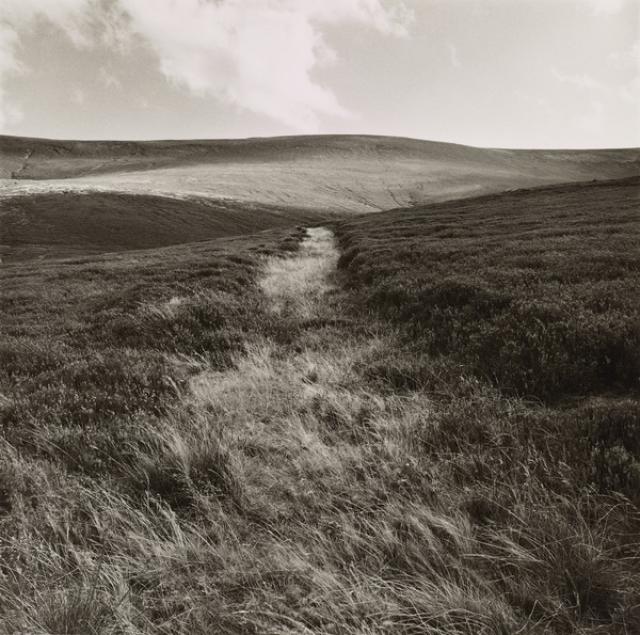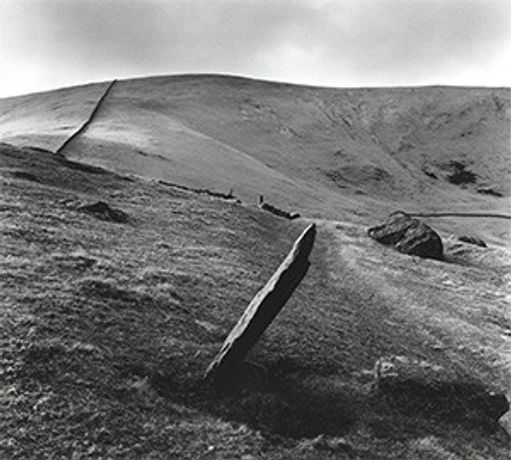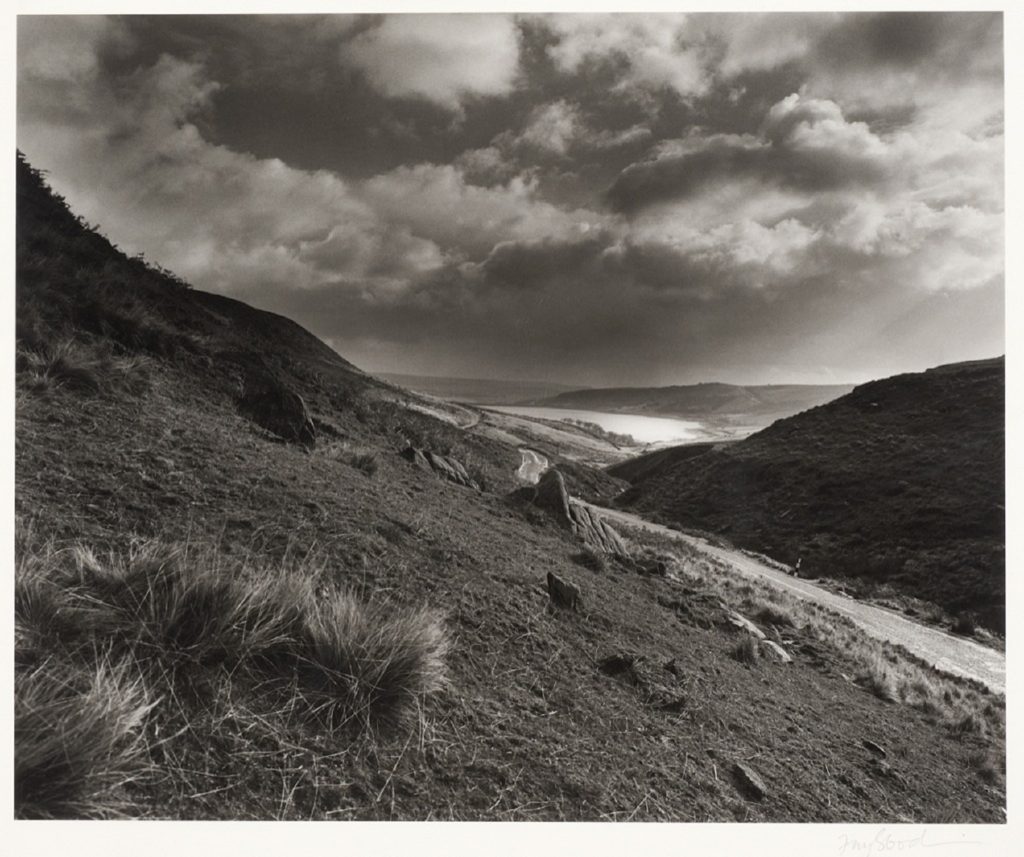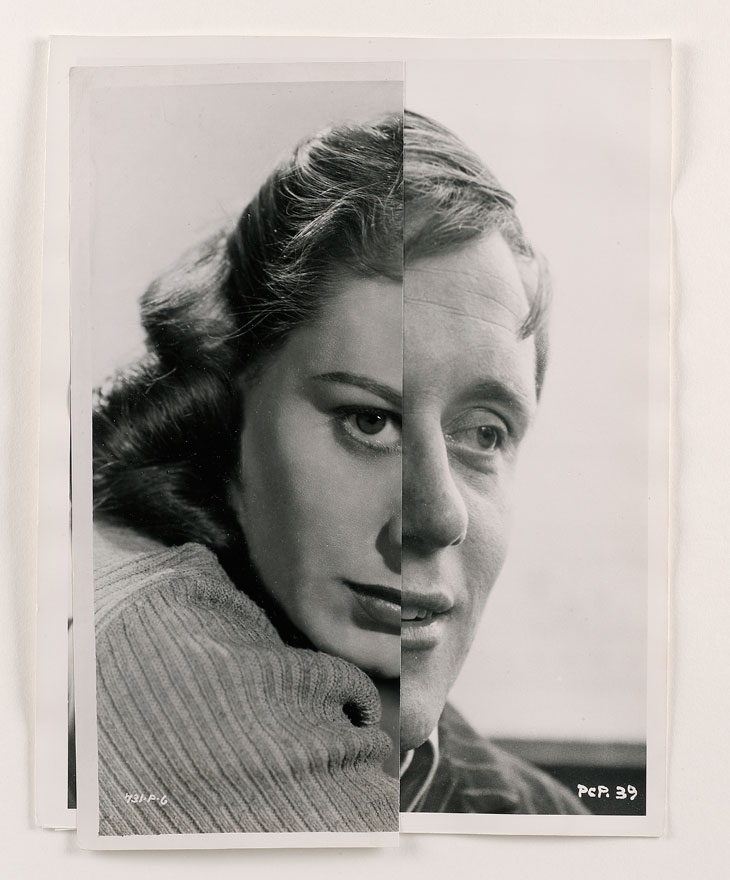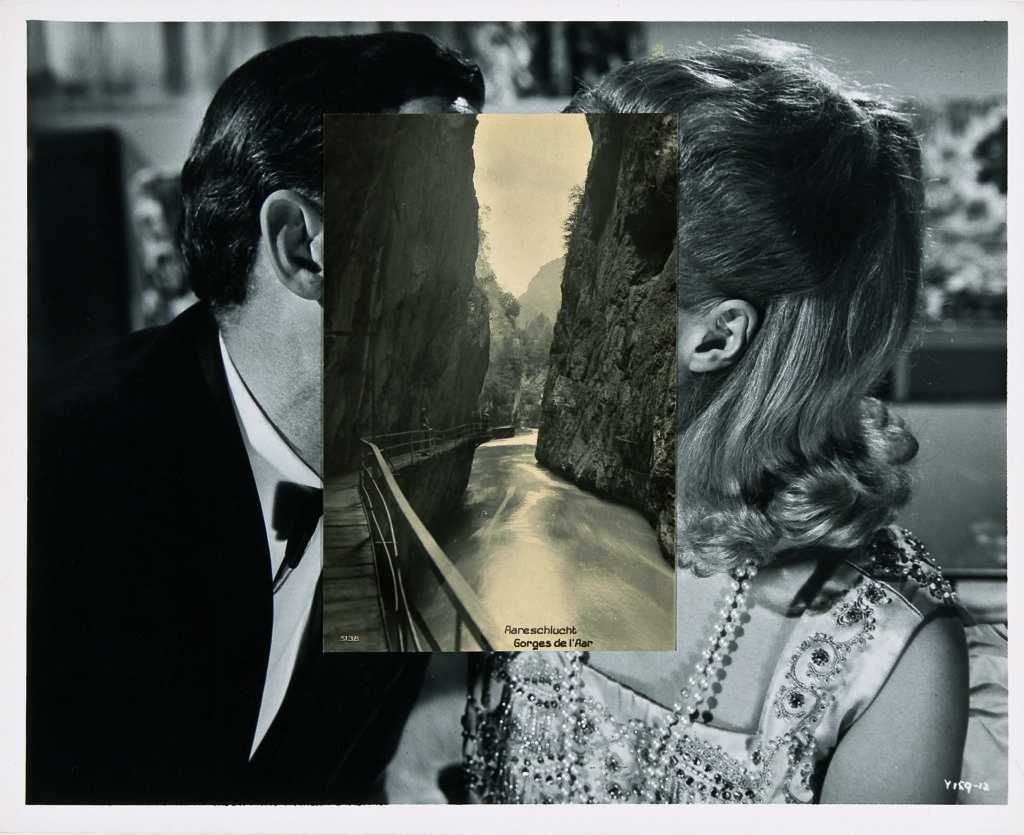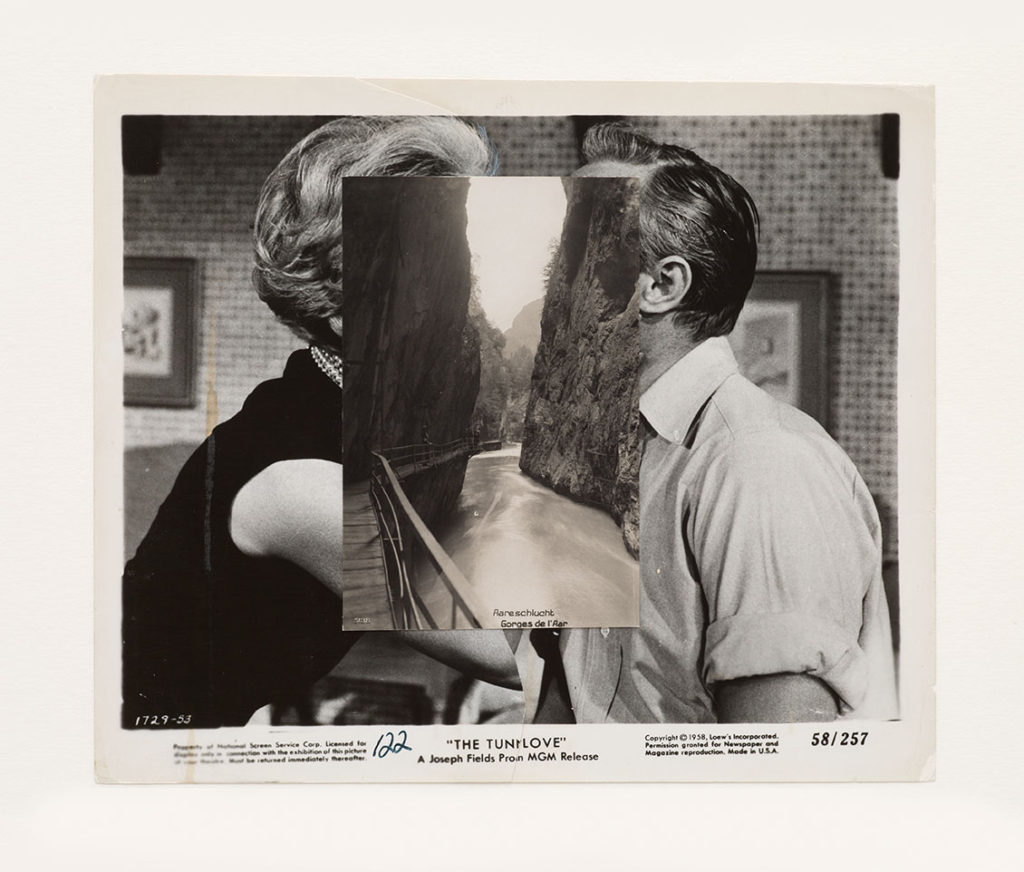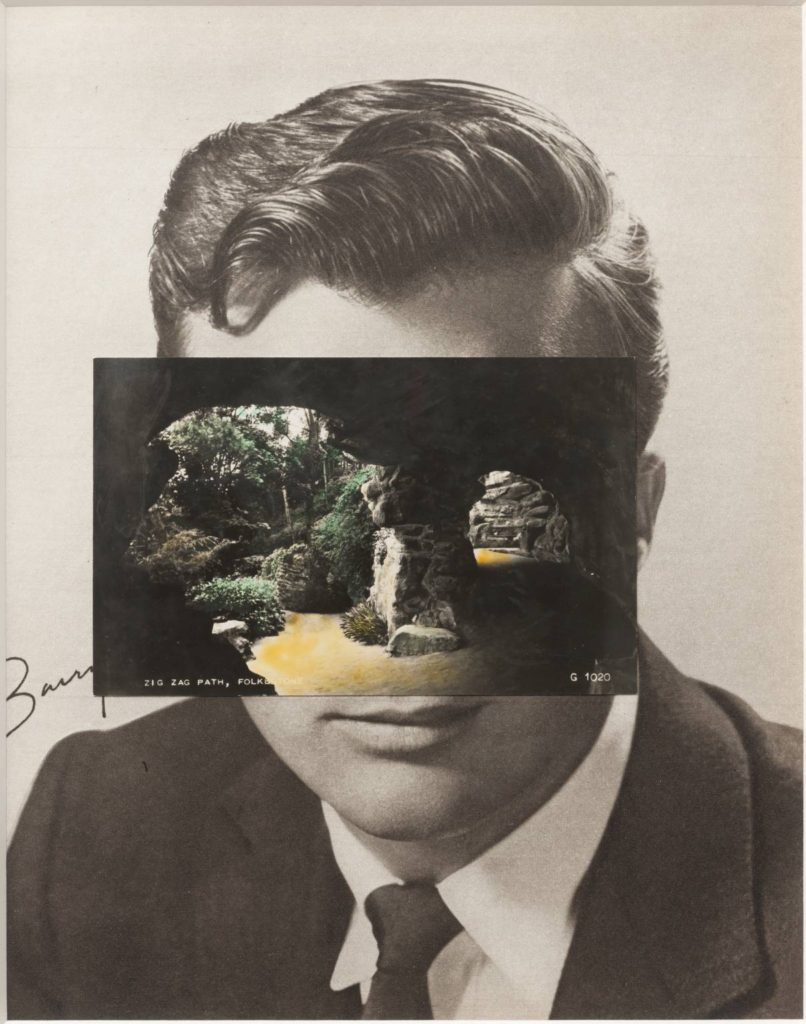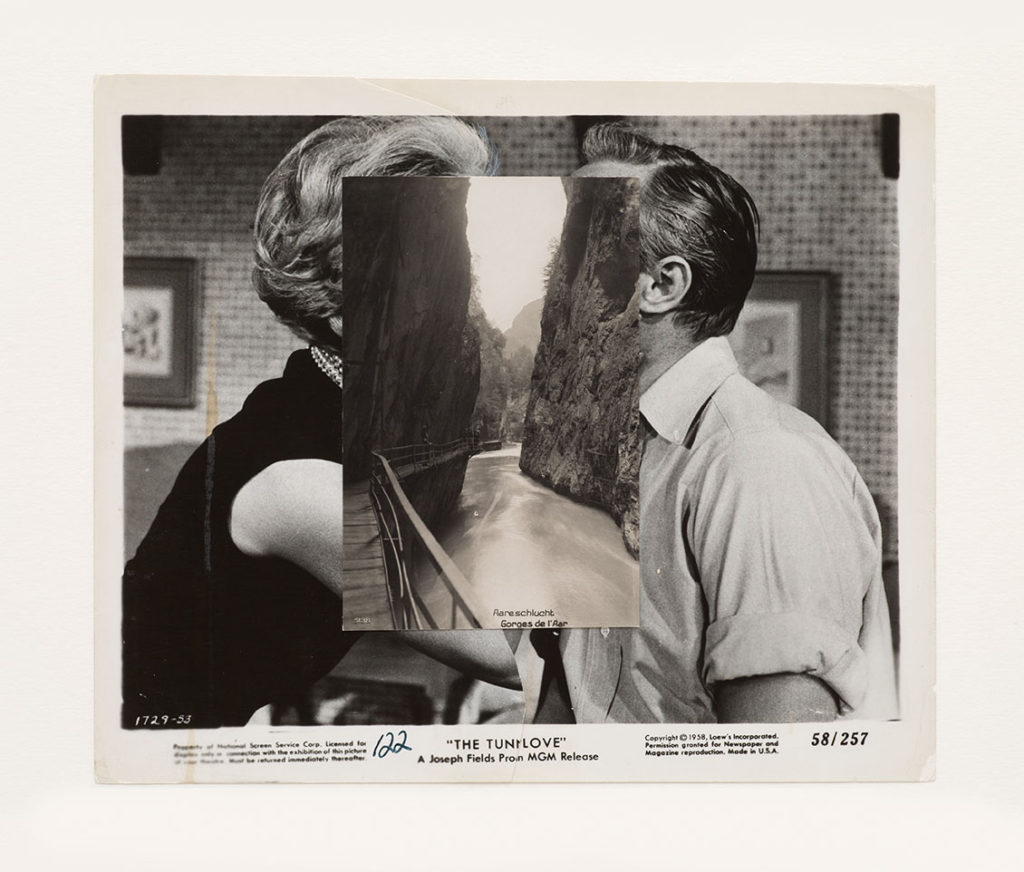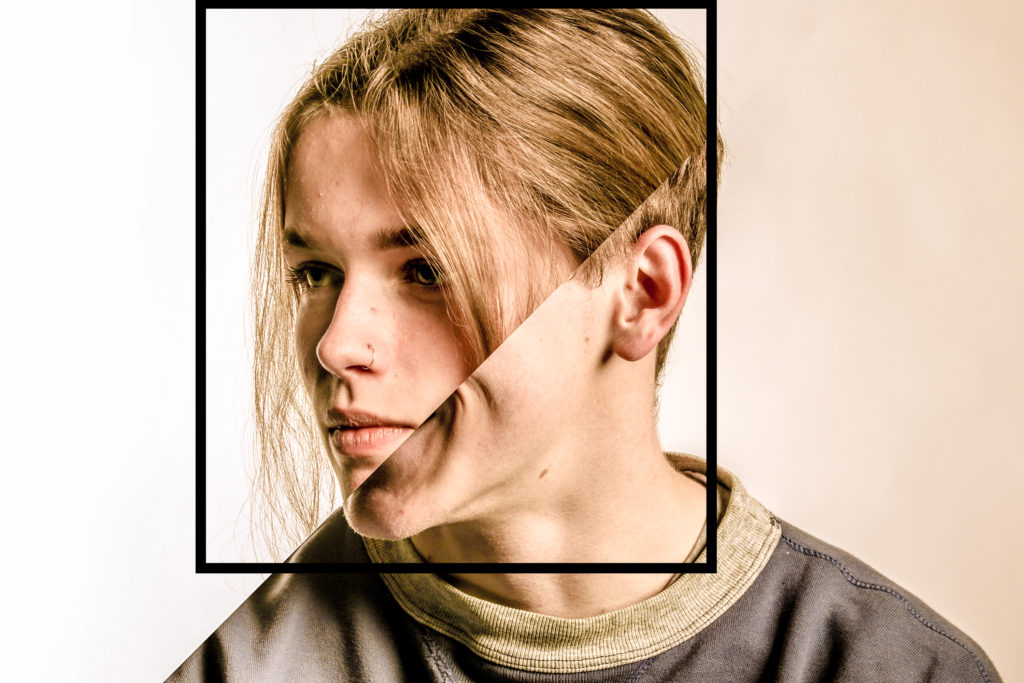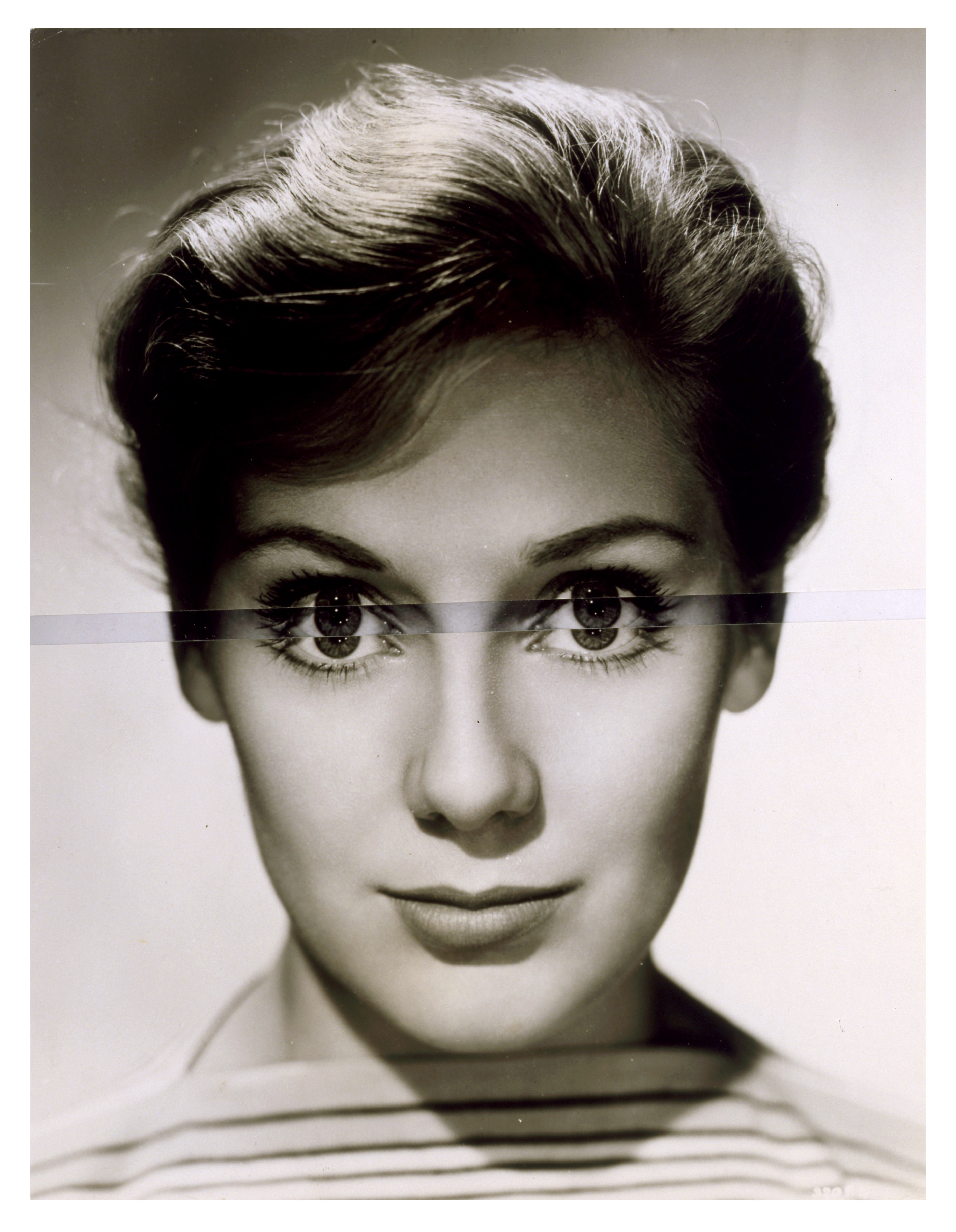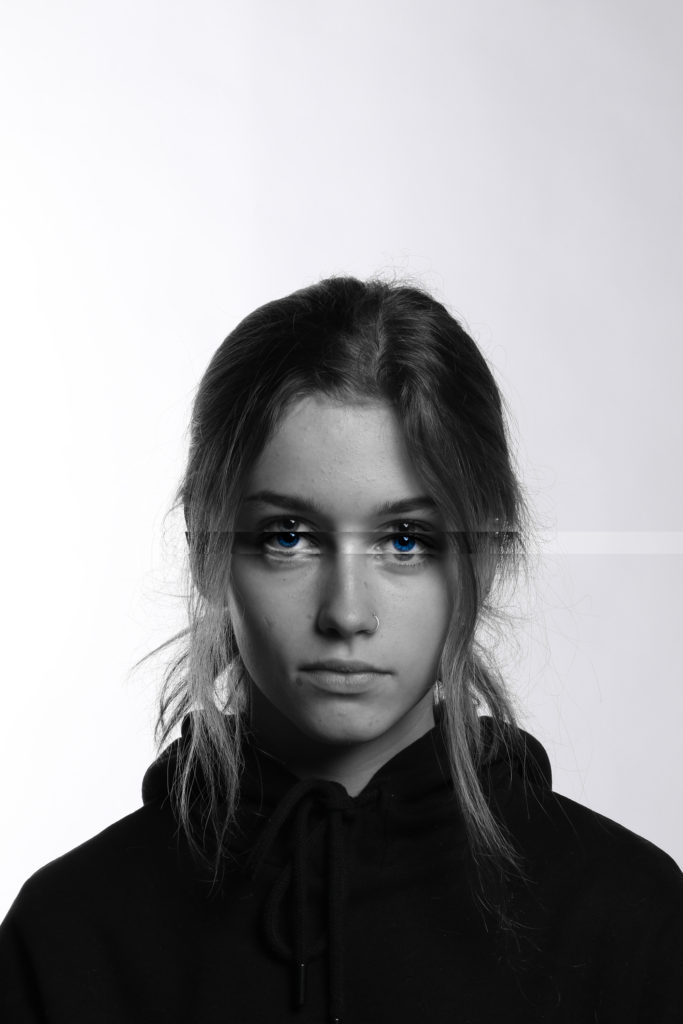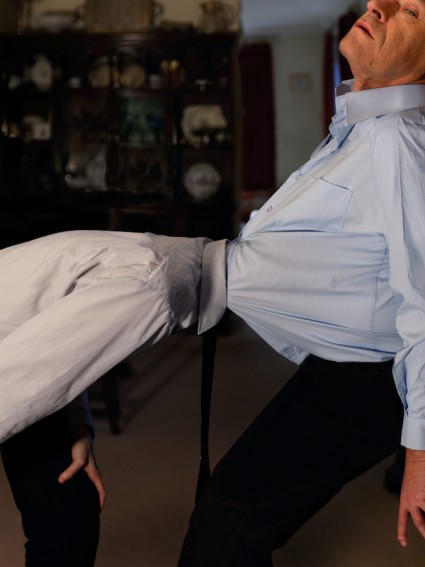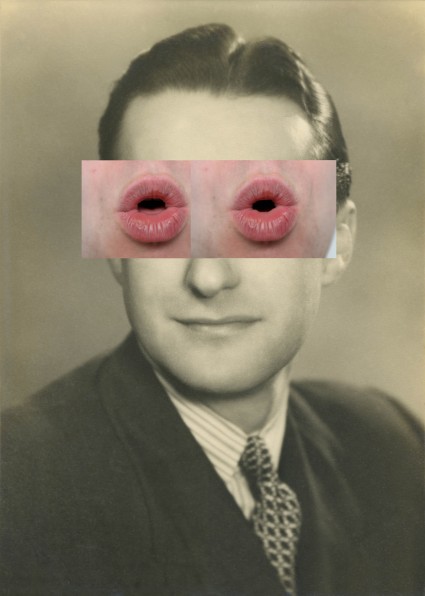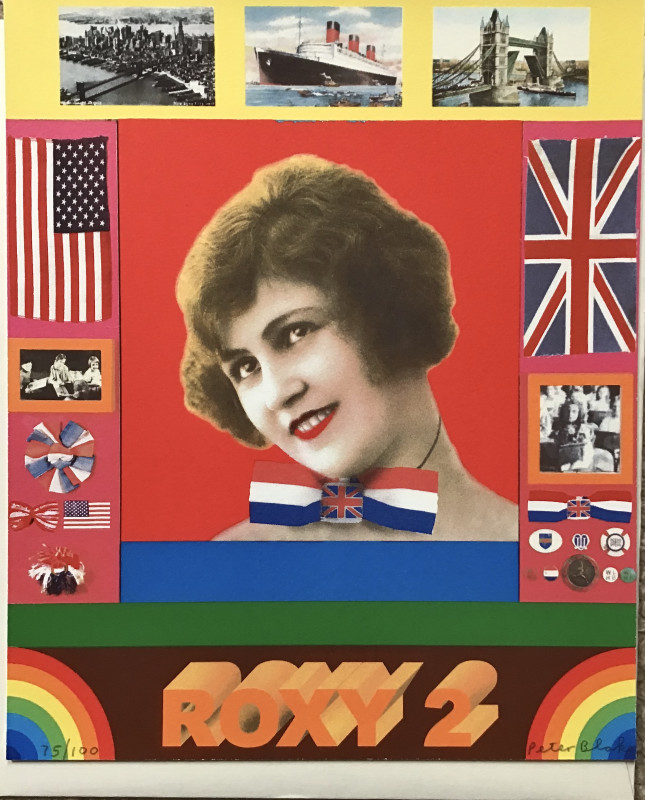A dictionary definition of Romanticism is worded as.. “Romanticism placed particular emphasis on emotion, horror, awe, terror and apprehension. Emotion and feeling were central not only to the creation of the work, but also in how it should be read.” Romanticism in landscape photography ideally is to capture an image which strongly represents not only one emotion, but feelings of the opposite to what is trying to be expressed. Romanticism also plays a part in expressing individualism. Some examples of Romanticism landscapes are seen below…

Emil Von Maltitz
Emil von Maltitz is an internationally recognized South African landscape photographer. His work bases on the more natural side of landscapes and how the camera can capture many dynamic areas of a setting. For his career of being a Photographer, he travels the world to take mostly landscape photographs. As being from South Africa, the landscape and nature surrounding him from young is what inspired him to capture these amazing sites that were discovered by him everyday. The romanticism theme in his work relates to emotion and feelings caught in the images colour, shapes, and landscape. Some examples of his work can be seen below –
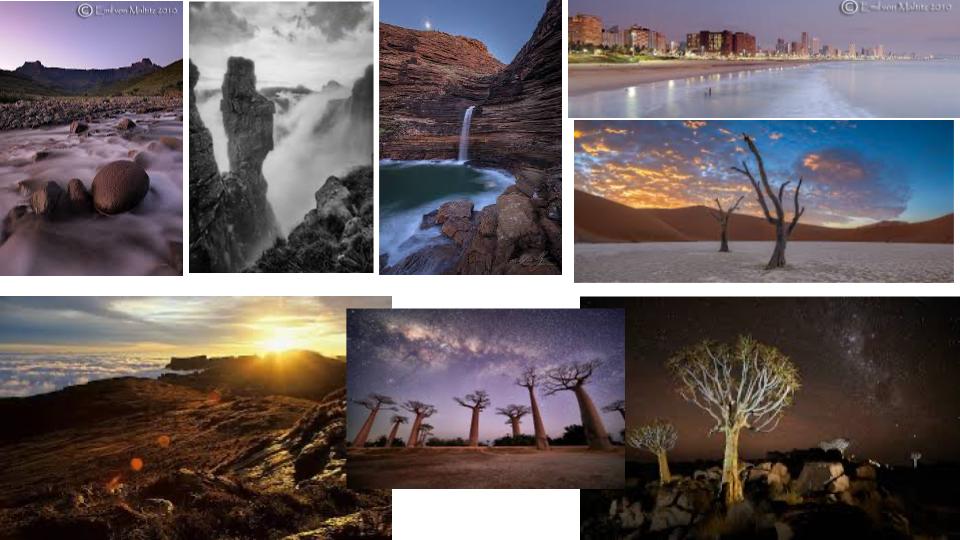
Analysis
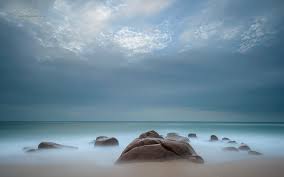
At first glance, this images seems to be dull, blank and just not busy or a lot going on. It seems. to have a cold atmosphere and feeling given off it. This is from the blue and grey sea and sky that fill majority of the image. But looking closer we see tints of greens and yellows in the distance of the sea and on the horizon. This brings a sense of happiness as well as the light white clouds that poke through the image above. The rocks below bring a warm feeling to the image as they are smooth and subtle. The sand blends carefully with the white mist that covers the sea. The clouds seem to dull around the edges. of the image into a darker grey and lighten to the middle. The sea seeming to be calm and smooth and anything, sits still giving off ore.
The lines in this image are faint and not easy to be noticed. The main darker and thicker lines are found in the main rock that faces the camera. More little and subtle lines are found in the lighter clouds above. Where the sky and the sea collide with each other (The horizon) Creates the most straightest and longest line in the image. The shapes formed in the clouds seem to be little circles along with more rectangle and square shaped rocks that fall at the bottom of the image. The texture of the rocks looks smooth due to the white mist that covers them thuroly.
The contrast of the white mist to the darker rocks and darker sea makes the rocks stand out in the image making them to be the objective of what is being photographed. As most of the colours blend and shade in with each other, this photograph has the emotion of being a calm and tranquil environment. The romanticism in this landscape can be described as the setting is all natural with colours and physical things. It shows different emotions when looked in depth but at first thought is an image to go to for a more relaxing and soothing feeling.

